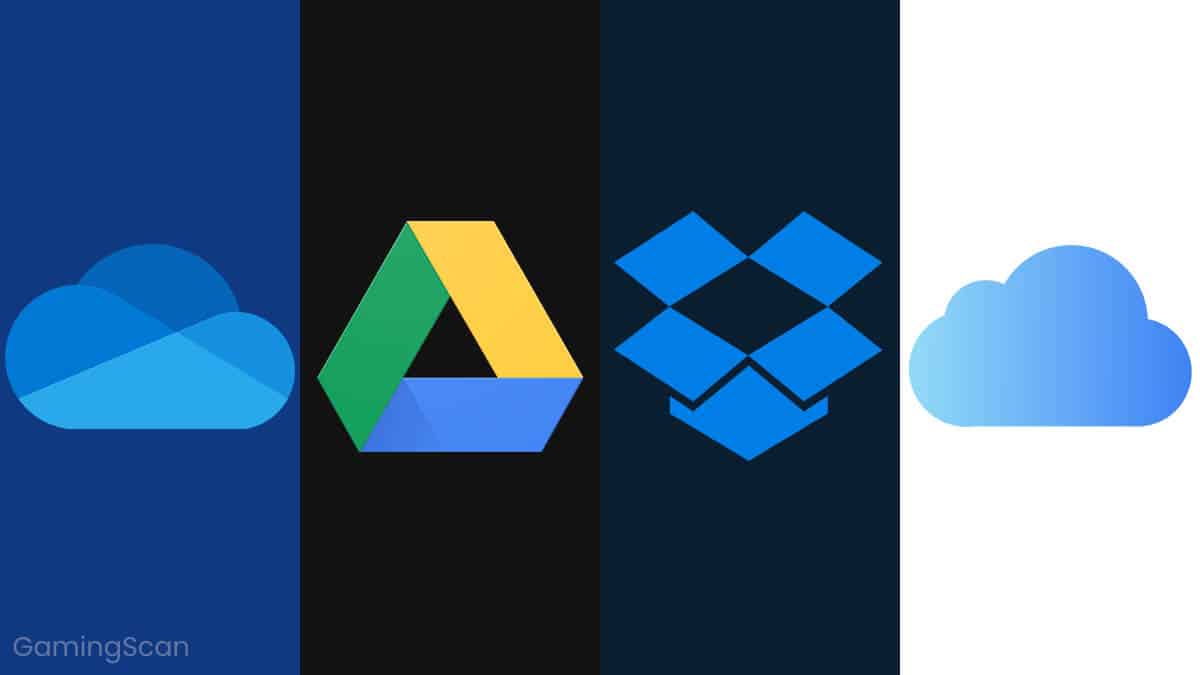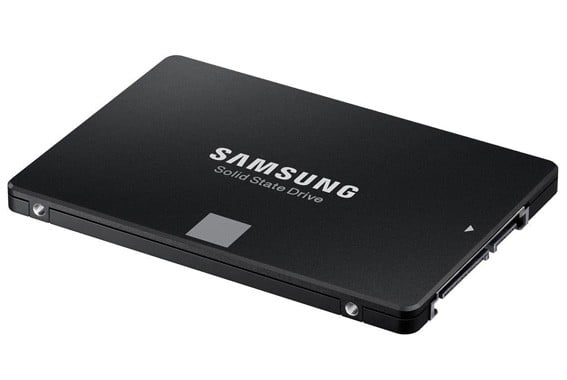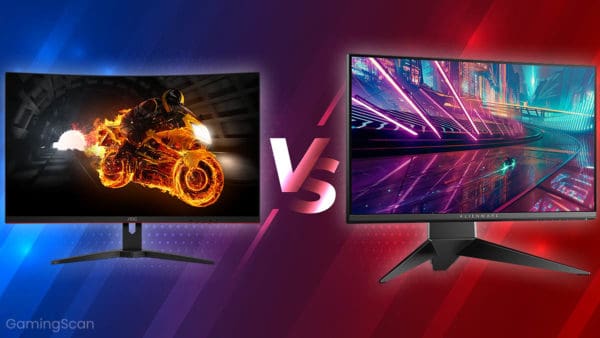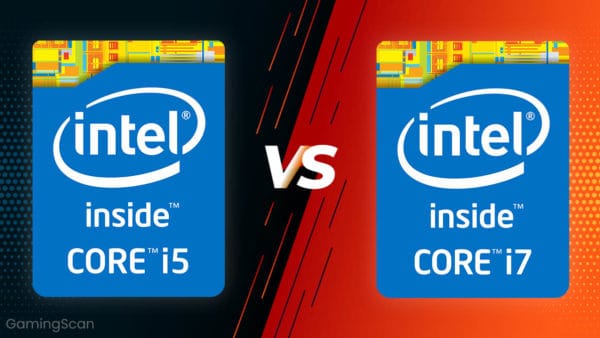Cloud storage has become incredibly popular over the past few years, and not without good reason. There’s nothing quite like being able to instantly access your data on the fly from multiple devices without having to worry about carrying USB drives and external HDDs around.
Currently, there are hundreds of millions of users spread out across four of the most popular cloud storage providers: Apple’s iCloud Drive, Microsoft’s OneDrive, Google Drive, and Dropbox.
In this article, we’ll briefly go over all of these services, see how much storage they provide and which of them will ultimately offer the best value for your money.
Table of ContentsShow
Storage and Price

First, let’s get the most important stuff out of the way – how much storage does each service offer, and for how much money?
| Service | Storage | Monthly Price |
| iCloud Drive | 5 GB | Free |
| 50 GB | $0.99 | |
| 200 GB | $2.99 | |
| 2 TB | $9.99 | |
| Google Drive | 15 GB | Free |
| 100 GB | $1.99 | |
| 200 GB | $2.99 | |
| 2 TB | $9.99 | |
| OneDrive | 5 GB | Free |
| 100 GB | $1.99 | |
| 1 TB | $6.99 | |
| 6 TB* | $9.99 | |
| Dropbox | 2 GB | Free |
| 2 TB | $11.99 | |
| 3 TB | $19.99 |
*Shared family plan
So, as you can see, the four dominant cloud storage providers offer a number of storage options with varied pricing, so there’s something to suit everyone’s needs.
As far as free cloud storage is concerned, Google definitely has the lead, as 15 GB of free storage is bound to be more than enough for those who only want to back up some essentials and don’t really need a lot of storage space.
However, if 15 GB just isn’t enough and you’re looking for something better while still not wanting to spend too much, you’ll be pleased to know that iCloud, OneDrive, and Google Drive are all viable options, with plans ranging from 50 GB to 200 GB at anywhere from $1 to $3 per month.
On the other hand, if you actually do need a lot of storage space and are willing to pay for it, all of the services listed above have very appealing plans, but there are a few more factors to consider apart from the storage capacity and pricing. This is where some additional features come in, and that’s what we’ll be taking a look at below.
Additional Features
iCloud

Let’s start off with Apple’s iCloud Drive storage – what exactly does it offer that other services don’t?
Well, truth be told, not much. As is usually the case with Apple software, it works great within the confines of their ecosystem, but when you move away from macOS and iOS, it starts to feel very dated and cumbersome.
So, while iCloud will be very appealing to Mac and/or iPhone users, we find that it doesn’t work that well on PCs running Windows. The desktop app is serviceable but the only way to access other iCloud apps such as Photos or Mail on Windows is through a browser, which is less than ideal.
That said, as mentioned above, we’d only really recommend iCloud to those who are using an iPhone and/or a Mac, as it allows for quick and convenient syncing of data across multiple devices, it works great with Apple apps, it has family sharing, allows for folder sharing, plus it has the cheapest paid storage plan at the moment – 50 GB for only one dollar monthly.
Google Drive
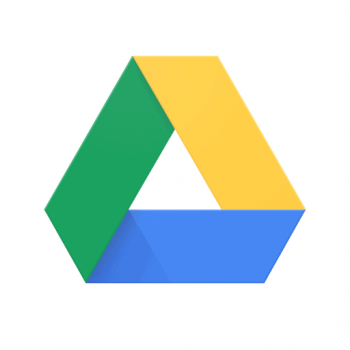
Moving on, we get to Google Drive (or rather, “Google One”, as it has been rebranded) and we feel that it fares a tad better than iCloud when it comes to the feature set, although the two are more similar than they are different.
Much like iCloud, Google Drive works great with Google apps and it supports family sharing, but the Windows desktop app feels more modern and less clunky than the iCloud one, so this makes Google Drive more appealing for Windows users, as well as Android and ChromeOS users.
Google also offers “extra member benefits” to those using any of their paid plans, although these are a bit dubious and vary from country to country. Among benefits listed, they note rewards on the Google Store, credits in the Play Store, and discounts on hotels found through Google Search (up to 40% off). However, since these benefits are not that clearly defined, it’s difficult to consider them a major advantage.
In any case, Google Drive and iCloud are on fairly even terms, as they offer similar storage plans and feature sets, but Google Drive is ultimately more accessible to those outside of Apple’s ecosystem.
OneDrive

Next, we have Microsoft’s OneDrive, which is more feature-rich than iCloud or Google Drive. While the free 5 GB and the $1.99 100 GB plans are more or less just regular cloud storage, the more expensive 365 Personal and 365 Family plans unlock a few more benefits.
Most notably, it allows users full access to Microsoft Office apps – Word, Excel, PowerPoint, and Outlook – on up to five PCs, along with extra security and rollback features, as well as extra expandable storage. Add to that the approachable pricing, and it’s easy to see just why OneDrive is so appealing at the moment, especially for Windows users and those who would want access to Office programs.
The 365 Personal plan costs only $6.99 per month or $69.99 per year, and the storage alone would pretty much well worth that money, even if we don’t consider the fact that you get Office bundled in on top of that.
Dropbox

Finally, we have Dropbox, which is something of a mixed bag for casual users. Their free plan offers only 2 GB of storage that can fill up in the blink of an eye and their paid plans start at 2 TB for $11.99 per month.
So, why would you want to go with Dropbox? Well, they simply offer the best feature set that is bound to appeal to more serious, professional users.
With Dropbox Plus and Professional plans, you get some very useful features such as Dropbox Smart Sync, which allows you to access your files on the cloud almost instantly without keeping them stored locally on your device, Text Search and AutoOCR, which allow you to search the text contents of all the files and images stored on Dropbox, and Dropbox Transfer, which allows you to securely send files to others, and more.
Now, whether these features are actually worth the extra cost is entirely up to the user. If you actually do need large amounts of storage, Dropbox would provide great value. With an annual commitment, the monthly price drops down to $9.99 and $16.58 for Plus and Professional plans respectively, which more or less matches the pricing of the other services listed here but with the added benefit of the aforementioned extra features.
How Much Storage Do You Need?
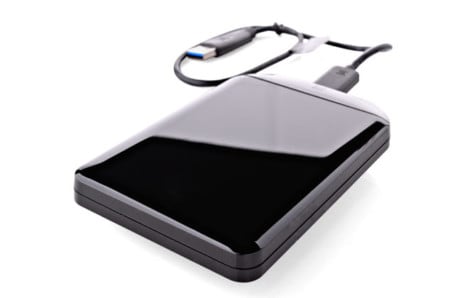
Before we wrap this up, there’s another question that needs answering – how much cloud storage do you actually need?
Well, obviously, the answer depends on what exactly you intend on storing in the cloud. Text files such as Office documents, PDFs, and eBooks don’t really take up that much space, and neither do photos. You could literally fit thousands of them on Google Drive with their free 15 GB plan. However, audio and video files take up much more space and could fill up your storage quite quickly if you were to go with one of the cheaper plans.
In any case, the easiest way to determine which plan you should use is to see just how much space everything that you’d want to keep stored in the cloud would take up. Also, depending on what types of files you end up using cloud storage for, you should also leave some breathing room, as you might find your storage filling up faster than anticipated if you plan on adding more stuff in the future.
Finally, if you find that the files you intend on storing in the cloud simply take up way more space than what you can reasonably afford, ask yourself – do you really need to keep all that stuff in the cloud?
As mentioned before, the main advantage of having stuff synced up via cloud is the ability to access it from anywhere, on virtually any device. But sometimes, a portable storage solution could be a better choice.
Namely, storage is currently cheaper than ever before, and you could get a spacious external HDD or external SSD that would not only set you back noticeably less than what you’d pay for 2 TB of cloud storage over the course of a year, but it would also last you longer and, potentially, offer way more storage space, too.
Of course, external storage isn’t without its share of downsides either. You’d have to transfer files to your external drive manually and other devices would actually need to support them and have the appropriate connector. Apart from that, you’d have to carry them with you, which can be rather inconvenient sometimes, and there’s always a risk of them getting lost or damaged.
But regardless, if you need to be able to access large amounts of data across multiple devices, a portable external storage solution could save you a lot of money in the long run.
Conclusion

So, at the end of the day, which of the four leading cloud storage services do we feel is currently the best one?
Well, as is usually the case with questions such as these, the answer is: it depends.
Obviously, we’d say that iCloud is the best choice for Apple users, as the service is well integrated with both macOS and iOS, plus the prices are quite good. Sadly, as we have previously mentioned, the software just doesn’t work that well outside of the Apple ecosystem.
Google Drive is essentially the same deal as iCloud, but for Android and Chromebook users, as it is closely tied to Google’s apps. However, it still has the best free storage plan and it works better on Windows than iCloud does, so it is bound to be a better pick for Windows users.
Now, OneDrive is probably the best cloud storage service for the average user at the moment. It has good prices and is integrated well with Windows, but it works well on other platforms, too. OneDrive is also the only service offering a 1 TB plan at the moment, and it is quite good value at $6.99 per month or even less if you opt for a $69.99 annual plan, especially with Microsoft Office being included.
Finally, there’s Dropbox, and we feel that their service will primarily appeal to serious users who need to store large amounts of data that they might also need to share with others on a regular basis. Starting at $11.99 and $19.99 monthly for their Plus and Professional plans respectively, Dropbox is the most expensive service of the bunch, even if we factor in the “discount” that you can get by going with an annual plan.
At the end of the day, only you can decide which of these services would be the best choice for you, and if you’re in doubt, you can always give each of them a try.
And that would be about it for this article. Hopefully, we have helped you decide which of these services – if any – you should use. As always, let us know what you think in the comments and if you feel that we have overlooked anything important or made any errors, feel free to let us know and we’ll see about correcting the article ASAP.
